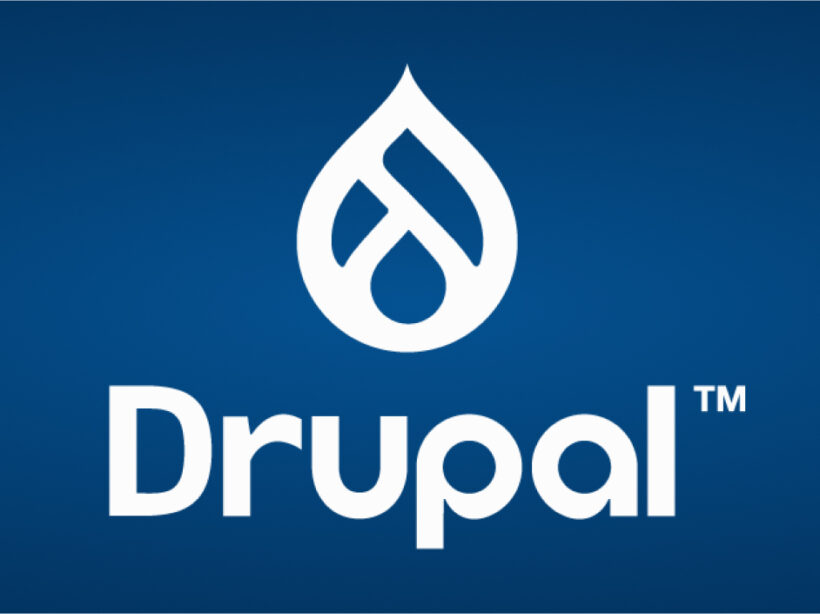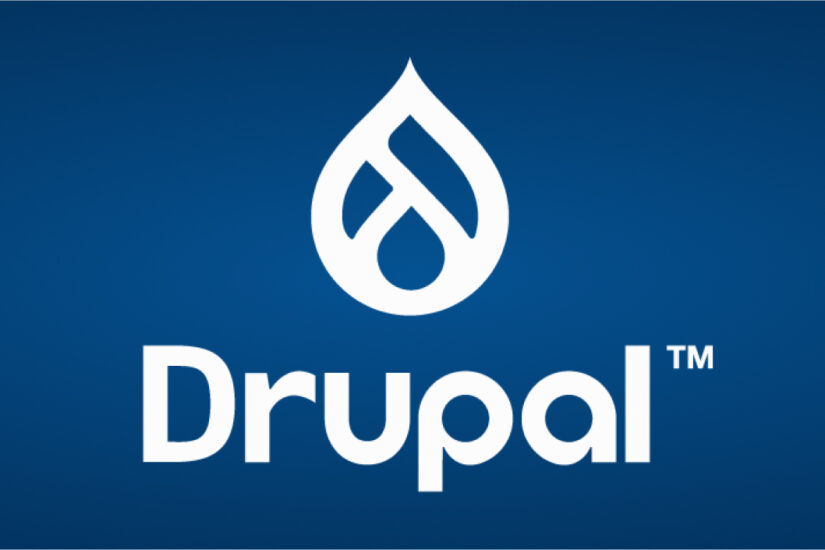Drupal 10 will bring with it some significant changes that could potentially affect your website. As such, it’s important to be prepared and take the necessary steps to ensure a smooth transition. There are some major benefits to upgrading to Drupal 10, including improved security, performance, and accessibility. And, because Drupal 10 uses the same overall structure as Drupal 9, the transition shouldn’t be too difficult for most developers.
But what does this mean for CMOs and marketing managers who are using or considering using Drupal? Let’s review what you need to do to get ready for Drupal 10 and make sure your website is up to date.
What’s New in Drupal 10?
Drupal 10 includes several major new features and improvements, including:
- A new default administration theme called Claro that is mobile-responsive and optimized for accessibility, replacing D7 which was over 10 years old.
- A new default frontend theme called Olivero that replaces Bartik.
- Initial upgrades to CKEditor from version 4 to version 5, introducing more modern content editing functionality and a better author experience.
- Ongoing modernization of the JavaScript stack, replacing the large jQuery library with smaller, more performant solutions
- Leveraging our technology partner’s improvements and upgrading from Symfony 4 to Symfony 6 and making the minimum version of PHP 8.1 to keep the whole stack secure and more performant.
These changes will be welcome additions that improve the overall experience for both users and administrators.
Preparing for the Upgrade
If you’re currently on Drupal 7 (as almost 54% of Drupal sites still are), you have some time as end of life is scheduled for November 2023. But it is recommended to upgrade to 9 as soon as possible; by upgrading, you ensure your website stays updated with the latest features and security measures. Our guide to transitioning from Drupal 7 to 9 provides additional insight into this process, or you can go straight to D10.
If you’re currently on Drupal 8, it’s time to upgrade asap. D8 was end of life in November 2021, and most Drupal sites have upgraded. You need to as well.
If you’re currently using Drupal 9, congrats! Because Drupal 10 uses the same overall structure as Drupal 9, the transition shouldn’t be too difficult for most developers. But here are a few steps to consider:
1) Check Your Version of PHP
One of the first things you’ll need to do is check what version of PHP your website is running on. As of Drupal 10, the minimum supported version of PHP will be 8.1. You can check your website’s PHP version by logging into your hosting account and checking the settings in your control panel. If you’re not sure how to do this, contact your hosting provider for assistance.
2) Update Your Modules and Themes
It’s important to make sure that all of the modules and themes on your website are up to date. While many modules and themes are already compatible with Drupal 10, there may be some that aren’t. Checking for updates is easy enough: head over to the “Updates” page in your Drupal admin panel and install any available updates. Once you’ve done this, it’s a good idea to clear your website’s cache so that the changes can take effect.
3) Test, Test, Test
Once you’ve updated your website for Drupal 10, it’s important to test everything thoroughly before taking your site live. The Kanopi support team uses tools like PHPstan and Drupal Rector to perform automated code checks to verify your codebase works as expected on the upgraded versions on PHP, Symfony, and Drupal.
We also recommend manually testing. This includes testing all forms, pages, links, etc. to ensure that they’re working as intended. It’s always better to catch any potential problems before they cause issues for your live website visitors.
You have time to upgrade.
While December is fast-approaching, upgrading to Drupal 10 is a decision that should be made on a case-by-case basis. If your website or application is already running smoothly on Drupal 9 (or earlier), there may not be enough incentive to justify the time and expense to do this immediately. However, if you’re starting from scratch or looking for an excuse to make a big change, migrating to Drupal 10 could be the perfect opportunity.
And if you need assistance, Kanopi is here to help as always.









